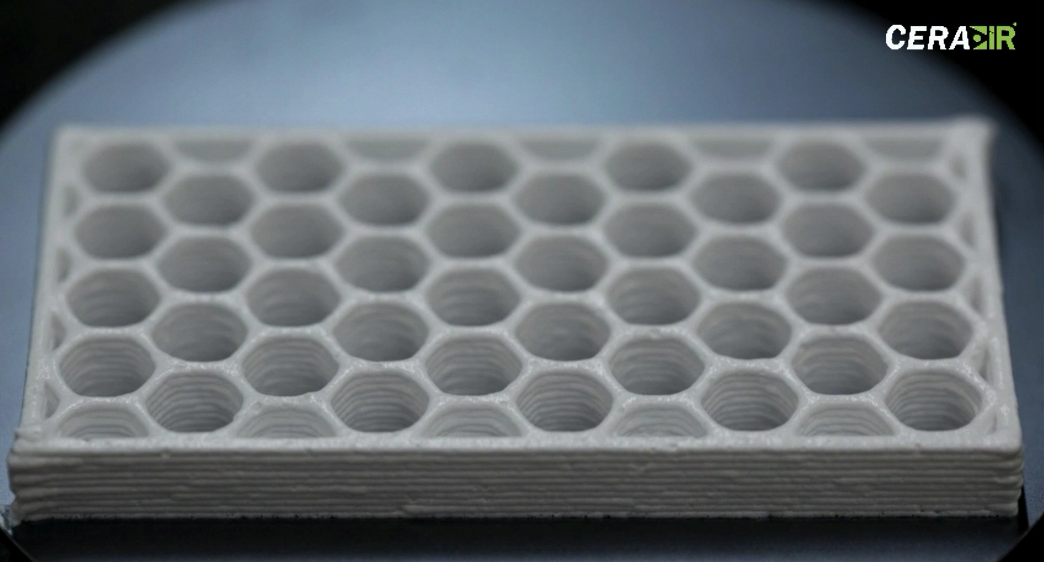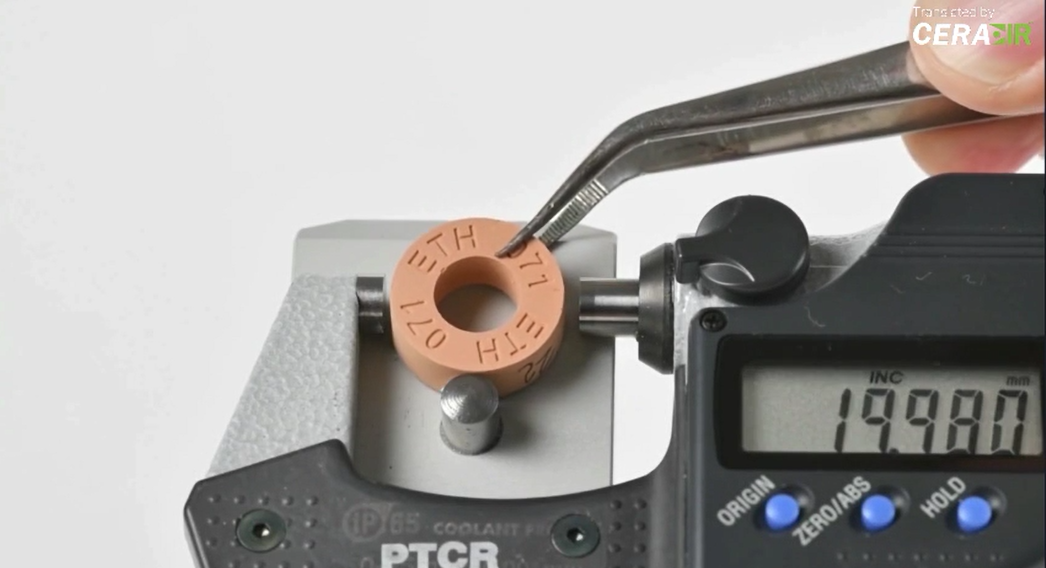New, printable and flexible ceramic bone grafts could be a game changer - Science Nation
Hyperelastic Bone" can be matched to patients or used off-the-shelf and could be cheaper, better and less painful than conventional bone tissue Description: The transplanting of bone tissue, known as bone grafting, typically involves allograft, which is bone from a deceased donor, or autograft, which comes from the patient's own body. With support from the National Science Foundation (NSF), materials scientist Ramille Shah of Northwestern University and materials engineer Adam Jakus were able to validate the commercialization potential of a new 3D printable synthetic material they call "Hyperelastic Bone™," which they foresee will be a vast improvement over the current options, including other manmade materials. Shah and Jakus have doctorates in materials science and engineering. "Traditional orthopedic products that are made from majority ceramic-like materials are usually very brittle, while our product has very elastic properties, even though it is made almost entirely from the same ceramic that makes up bones. If you squish it, it bounces back to its original shape," explains Shah. "And 3D printing allows us to make patient-specific or patient-matched implants, as well as unique off-the-shelf products that the surgeon can easily manipulate in the operating room." Once implanted, the Hyperelastic Bone™ promotes tissue growth and becomes the patient's own bone as it regenerates. Shah and Jakus have been receiving requests for years for Hyperelastic Bone™, as well as their many other new 3D-printable materials, collectively called 3D-Paints. Because of this demand, they founded a company in 2016 called Dimension Inx. Research grade Hyperelastic Bone™ 3D-Paint and other tissue-regenerative and non-medical 3D-Paints have been available for purchase from Dimension Inx and its distribution partners since August 2017. Dimension Inx is currently working on FDA clearance for medical grade Hyperelastic Bone™ and related tissue regenerative materials. "The purpose of Dimension Inx is to make advanced manufacturing, including tissue and regenerative engineering, clinically and economically viable as well as accessible to researchers and industry through the introduction of new advanced materials," says Jakus, chief technology officer of Dimension Inx. "These materials are not only highly functional, such as Hyperelastic Bone™, but are also large-scale-manufacturing and end-user friendly." "For the past several decades, tissue engineering as a field has been almost entirely relegated to academic laboratories, where great discoveries have been made," continues Jakus, "but it is now time for innovative technologies and materials to leave the laboratory and make it into the hands of doctors and surgeons where they can be used to help those who need them most, the patients." The research in this episode was supported by NSF award#1508285I-Corps: 3D Tissue Inks: Multifunctional 3D Printing Platform for Bone Graft Substitutes. The NSF I-Corps program prepares scientists and engineers to extend their focus beyond the university laboratory, and accelerates the economic and societal benefits of NSF-funded, basic-research projects that are ready to move toward commercialization. Through I-Corps, NSF grantees learn to identify valuable product opportunities that can emerge from academic research, and gain skills in entrepreneurship through training in customer discovery and guidance from established entrepreneurs.
©National Science Foundation
Translated by CERADIR® Team
Like what you're reading? Subscribe to our top articles.
We will continue to update CERADIR; if you have any questions or suggestions, please contact us!
You might also like

公司名称 公司名称 公司名称 公司名称
- 官方网站
- •
- 电子邮箱:xxx@111.com
作为极具规模及影响力的光电产业综合性展会,,同期六展覆盖信息通信、激光、红外、紫外、精密光学、镜头及模组、传感等版块,面向光电及应用领域展示前沿的光电创新技术及综合解决方案,助力企业紧跟行业发展政策趋势、洞察行业市场信息、搭建产业链上下游联系。






